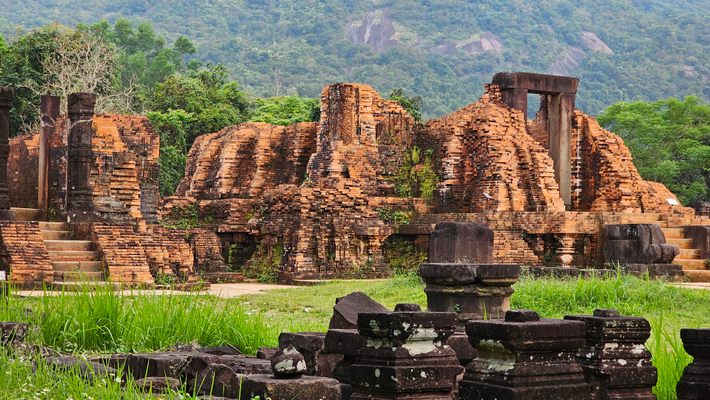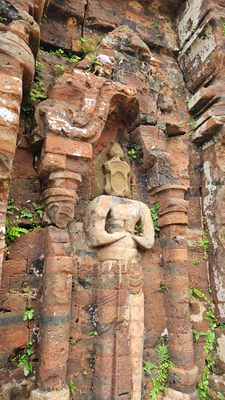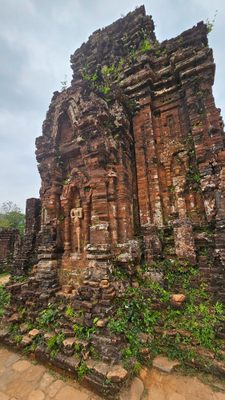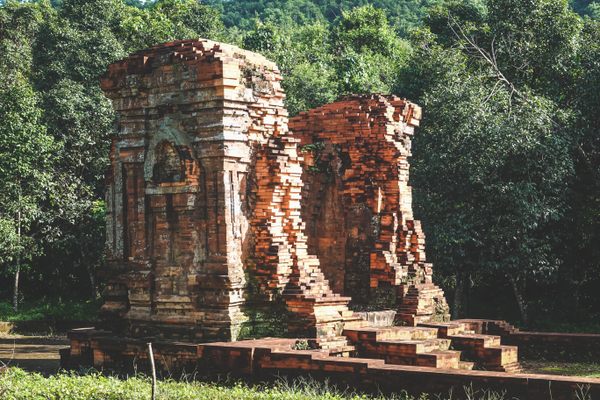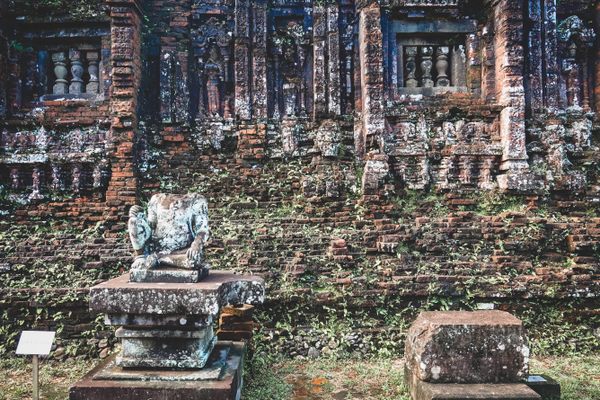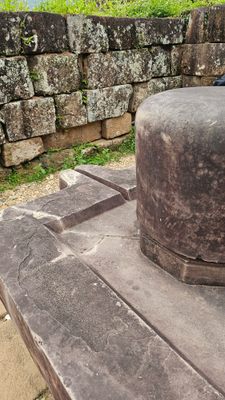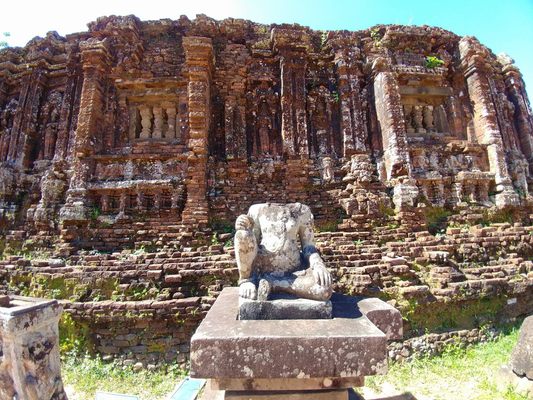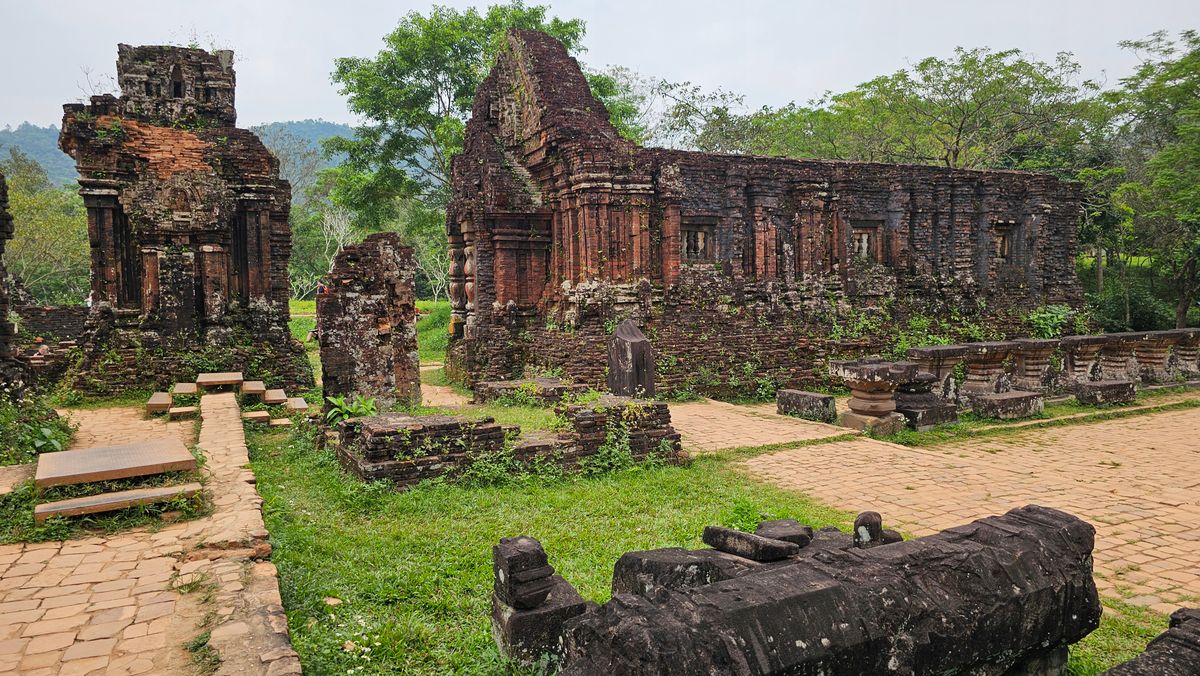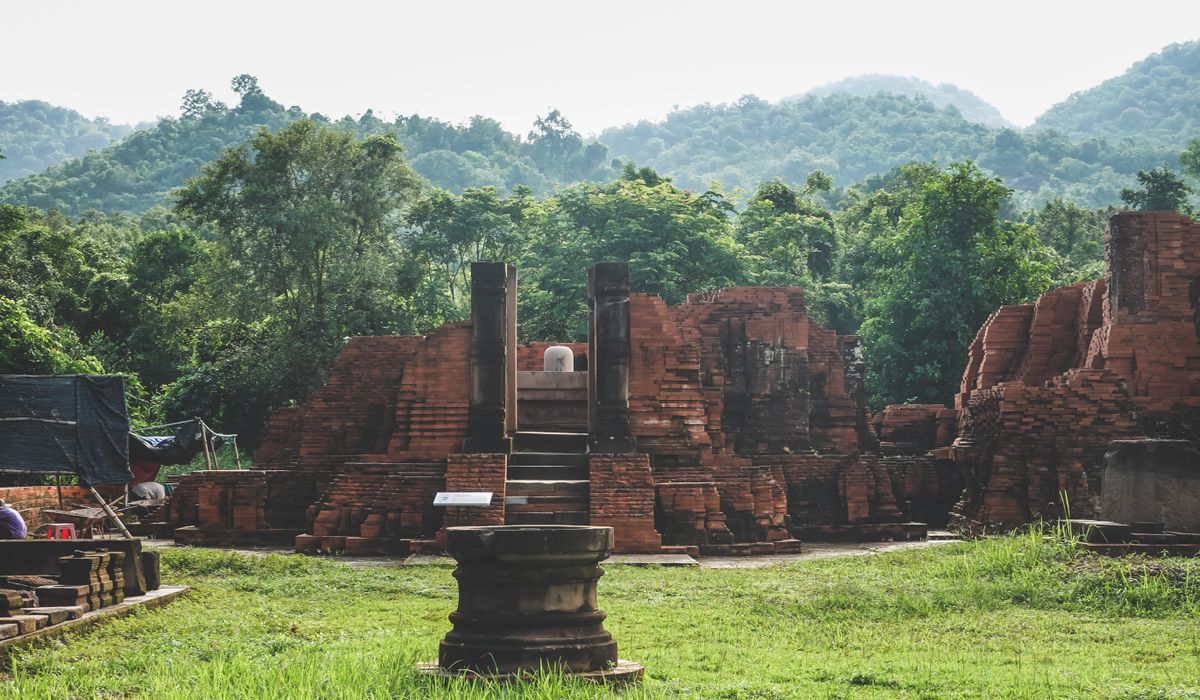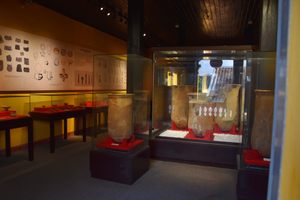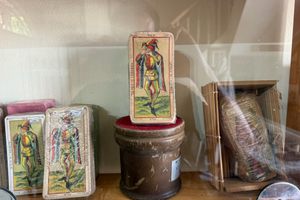About
Mỹ Sơn (pronounced Mee Sahn) Sanctuary showcases the remains of a now-extinct Indian-Hindu Kingdom of the Cham people, which settled southern and central Vietnam between the 4th and 13th centuries. This site was the former religious and political capital of the civilization for most of its existence. Despite being lesser known, Mỹ Sơn Sanctuary offers historical and cultural knowledge on par with Angkor Wat.
Mỹ Sơn is home to 71 temple towers, built for the Hindu divinities such as Krishna and Vishnu, but above all Shiva. The tower temples were constructed over ten centuries of continuous development. The skill of the bricklayers is still marveled to this day, as the exact techniques used are still unknown. The original bricks are remarkably well preserved, despite being ravaged by war and 15 centuries of time.
A Linga and Yoni lay at the center of many of the oldest temples, symbolizing the balance between male and female. The linga church is the oldest example of a ruling theocratic power in Southeast Asia.
French archeologists found the site in the 20th century and began conservation efforts, although it's worth mentioning that a number of statue heads were stolen and brought back to France. During the Vietnam War, the Viet Cong used My Son as a military base, and were subsequently bombed by American soldiers, where the site suffered the most significant damage due to combat.
Mỹ Sơn Sanctuary has been recognized by UNESCO since 1999.
Related Tags
Know Before You Go
A local guide will greatly improve your experience while exploring the temple. Understanding the significance of the site and its many details will make you recognize its historical significance.
Flavors of Vietnam: Fish Sauce, Pho & Royal Tea
Eating your way from North to South in Vietnam.
Book NowCommunity Contributors
Added By
Published
September 24, 2024
